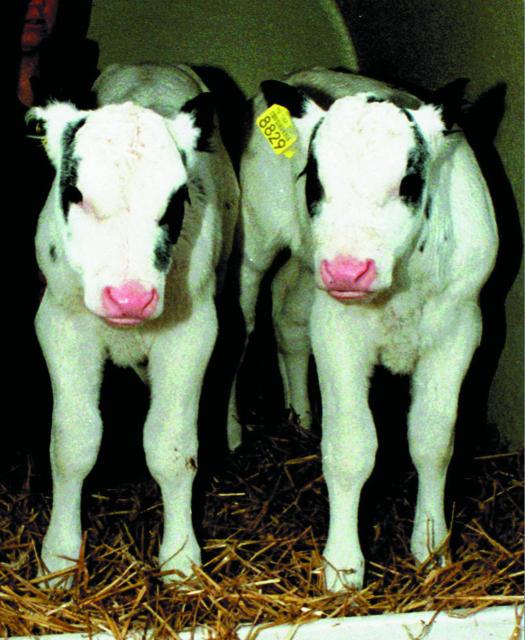Animal cloning: Is it ethical?
A new technology that has been discovered is the cloning of animals. Some think that it is unethical, but others think that it is a great scientific breakthrough.
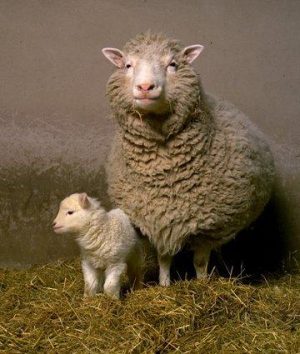 The first animal clone was in 1952, when scientists cloned a tadpole and ten years later, a fish; specifically, an Asian carp. 1996 was the first time scientists were able to successfully clone the first mammal from an adult somatic cell using nuclear transfer. This was the famous Dolly who was a sheep who died of lung disease in 2003.
The first animal clone was in 1952, when scientists cloned a tadpole and ten years later, a fish; specifically, an Asian carp. 1996 was the first time scientists were able to successfully clone the first mammal from an adult somatic cell using nuclear transfer. This was the famous Dolly who was a sheep who died of lung disease in 2003.
Cloning animals is done by scientists destroying the nucleus of an unfertilized egg from the animal host and replacing it with the nucleus of a cell from another animal. After this, the host animal’s egg is considered fertilized and is planted into the host animal’s womb. The animal that will develop will have the same genetic traits as the animal with the cell nucleus that replaced the original egg’s nucleus.
Animal clones are often used to produce superior offspring, typically on farms. Farmers use this method to produce the healthiest livestock. they use this so that the clones can reproduce healthy animals that are safe to eat. This method also reduces the amount of chemicals used in order for animals to produce healthy and safe to eat offspring. Despite this use, some cloned animals are used as meat themselves. Meat from cloned animals has been deemed safe to eat as well as milk from cloned cows. Despite this, according to Centerforfoodsafety.org “Numerous opinion polls show that the majority of Americans do not want food from cloned animals and are opposed to this technology on moral or ethical grounds.” 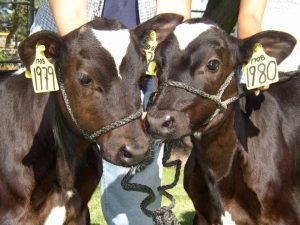
The cloning of animals can have negative effects on the clone and can be considered unethical or dangerous because of this. For example, cloned animals often have mutations such as developmental delays, heart defects, lung problems and malfunctioning immune systems. Some animals even die shortly after their birth. Cloning also has a high rate of deaths and miscarriages in the host mothers, according to Gracelinks.org. This often causes people to form an opinion about animal cloning being unethical and harmful.
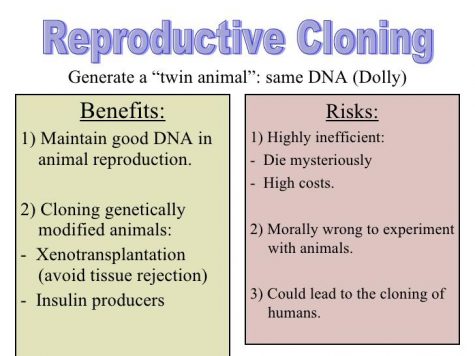
A common misconception about cloning is that the clones look and act the same as the animal they received the DNA sample from. This isn’t true though. According to FDA.gov, the looks of an animal are similar to identical human twins, animal clones do not always look the same. Despite having the same gene patterns, the colors or patterns on the animal’s coats will not definitely look the same. Another physical trait that could be different in a clone is the shape of the clone’s ears or other parts of the animal. This is because of how genes are expressed.
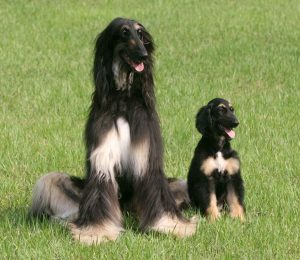
SEOUL, SOUTH KOREA – AUGUST 3: In this handout photo, Snuppy, (R) the first successfully cloned Afghan hound, sits with his generic father at the Seoul National University on August 3, 2005 in Seoul, South Korea. The dog joined the list of cloned animals as South Korean scientists, led by stem cell researcher Dr. Hwang Woo-Suk, announced that they have created the first cloned dog from an Afghan hound in the world. (Photo by Seoul National University via Getty Images)
The way an animal acts is not necessarily determined by the genes of an animal, but mostly by the way the animal was raised. The experiences that an animal has been through often affects the way an animal acts in order to achieve the temperament that the animal has. Animals associate an experience with different things which will affect the way that the animal will act and different animals experience their lives in different ways, therefore changing the temperament and personality of the cloned animal.
Since cloning became popular, a majority of the animals that are cloned are still farm animals, but cloning has extended to mice, mules, horses, deer, oxen, cows, pigs, dogs, cats, and other animal species.


